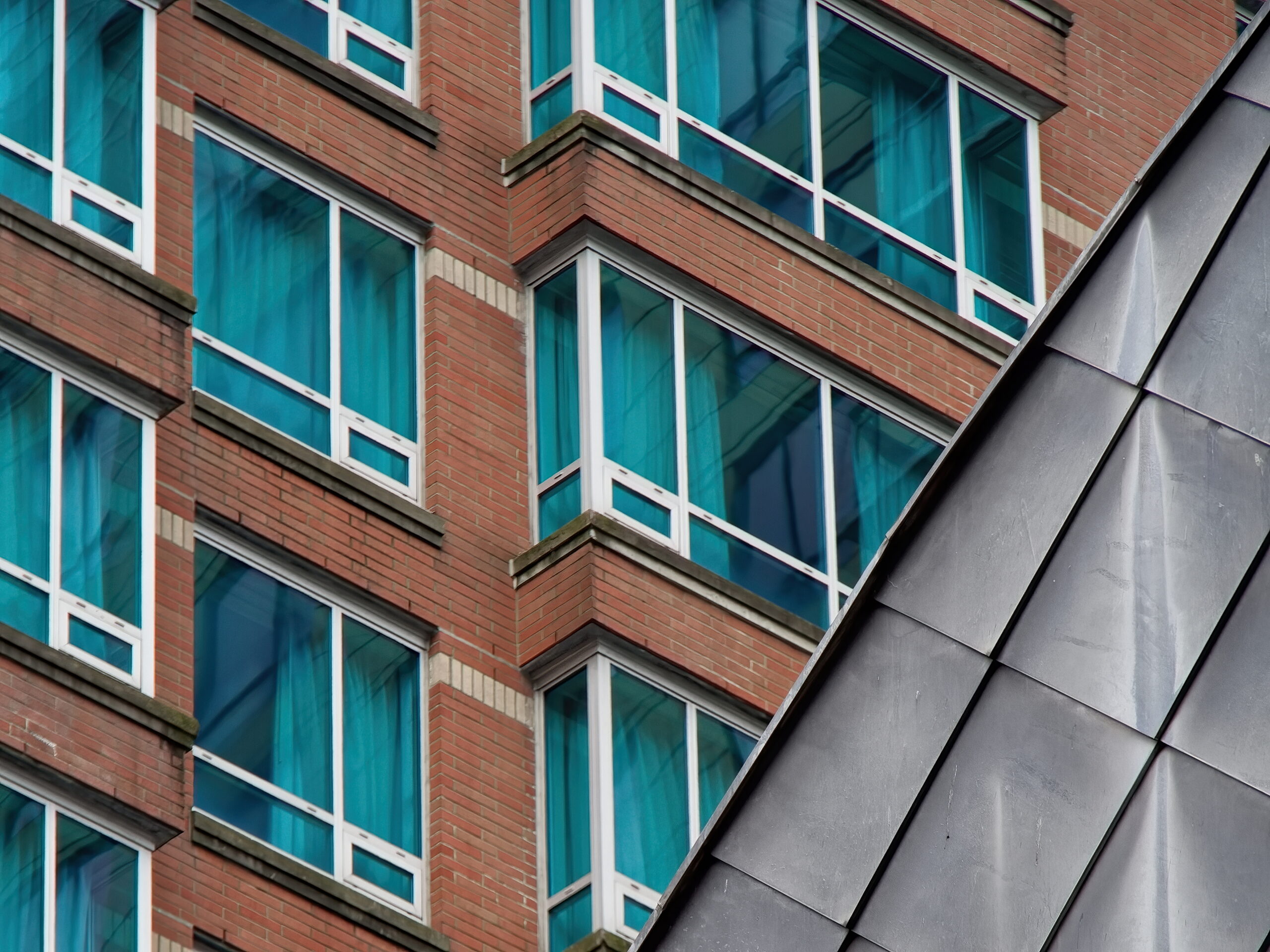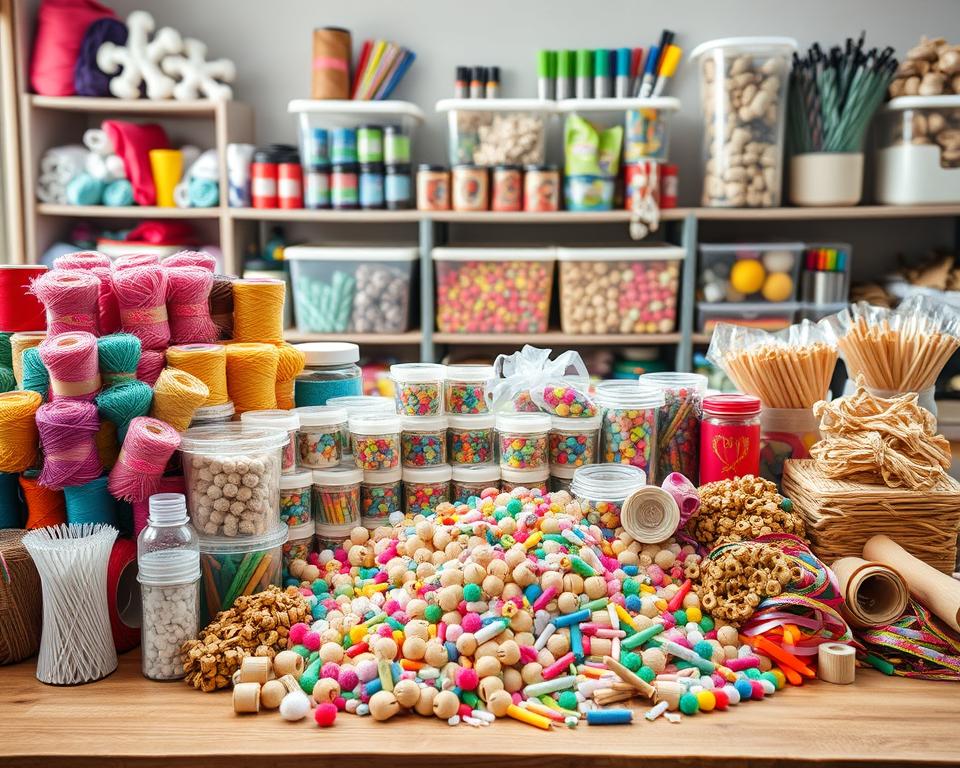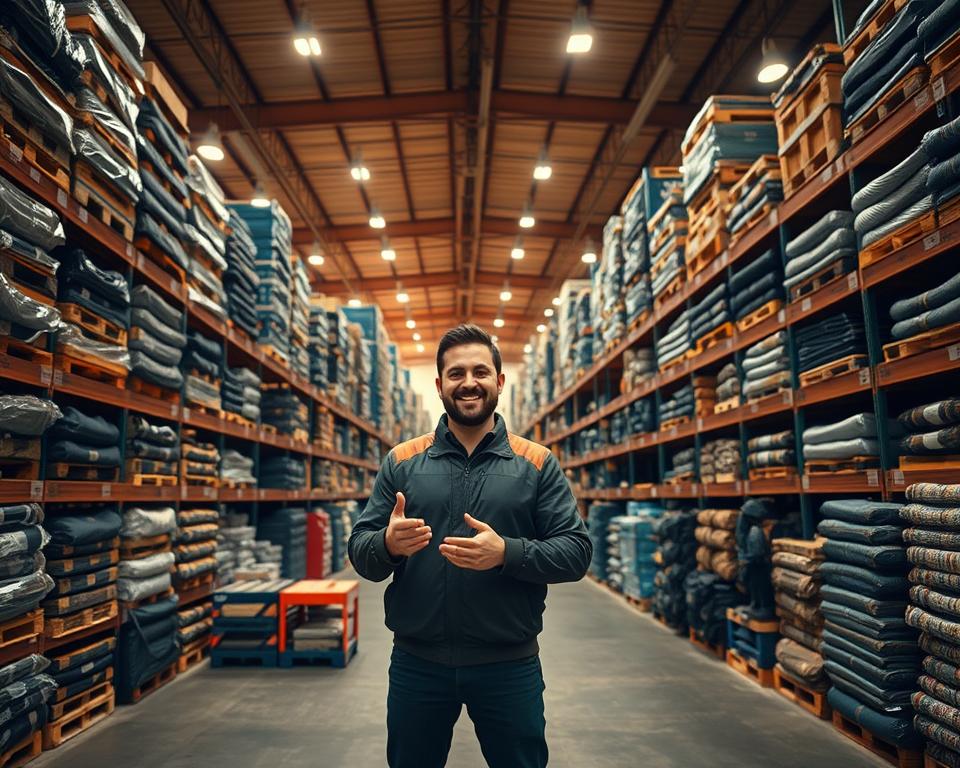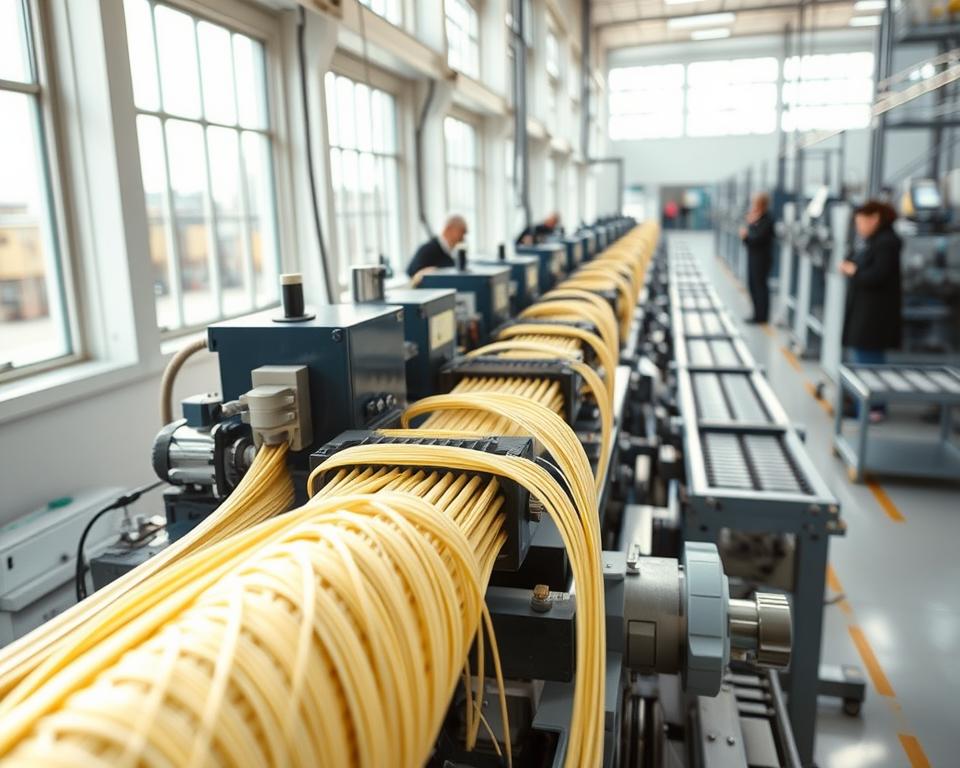Transforming Industrial Furnishings Hong Kong Developments
Did you know that repurposing industrial furniture in HK is on the increase? More people are selecting pre-owned items. This shift shows a increasing interest in eco-friendliness and unique home decor. Locals are attracted to the allure and personality of reused pieces.
Platforms like Asia Expat and FB Marketplace are turning into popular spots for finding unique furnishings in HK. The attraction of factory style in Hong Kong is apparent. Places like HK Upcycle, which supports Hong Kong Dog Rescue, pave the path. They encourage repurposing and waste reduction.
The requirement for environmentally friendly living choices is growing. The allure of Stockroom Hong Kong has never been stronger. It blends innovative design with eco-consciousness. This not only enhances home visual appeal but also benefits the nature.
Introduction to to Factory Furnishings in HK
Industrial furnishings in Hong Kong has a established history, stemming from the city’s industrial background. It’s made from unprocessed materials like steel, wood, and concrete. These designs provide a sense of nostalgia while still being useful today. The vintage factory style perfectly combines looks with practicality, making it a favorite for contemporary homes.
The change of areas like Kwun Tong into creative hubs has substantially influenced the furnishing market. Indie bands and creative sectors moved in, searching for affordable spaces and creative space. This movement increased the appeal of factory furnishings, making it a essential in living spaces. In the early 2000s, costs were reasonable, with $1,000 acquiring you five hundred to six hundred sq ft.
The shift from production to artistic fields has transformed factory designs. Today, green furnishings in Hong Kong often features these classic-inspired pieces. This appeals to those who care about the ecosystem. By combining classic appeal with green practices, Hong Kong’s furniture scene has evolved, mirroring the city’s lively cultural landscape.
The Emergence of Repurposing Trends
In HK, the trend of transforming furnishings has expanded considerably, indicating a greater commitment to eco-friendly practices. Architecture companies like MVRDV HK lead in conserving buildings instead of destroying them. They update the internal spaces of historic buildings, employing the adaptive reuse method. This technique renews industrial structures that have become obsolete.
Factory heritage structures are famous for their distinctive characteristics, such as large spaces and multiple purposes. Their potential for reuse offers a creative solution to current demands while linking us with the past. To harmonize conservation with usability, a decision process is vital for effective repurposing projects.
The growth of marketplaces for pre-owned items and home-based upcycling culture marks a notable change in community priorities. People now cherish second-hand items and undertake transformed furniture projects in Hong Kong. Local enterprises cater to this requirement, aiding a green economy that reduces waste.
| Aspect | Adaptive Reuse Benefits | Impact on Community |
|---|---|---|
| Conservation | Preserves historical value | Promotes local pride and valuing heritage |
| Eco-friendliness | Lowers waste and resource usage | Encourages environmentally friendly habits among locals |
| Ingenuity | Fosters creative design solutions | Backs local artisans and small ventures |
| Economic Growth | Boosts property values | Creates job opportunities in the repurposing sector |
Over the last 5 years, there’s been a growth in ventures turning former industrial spaces into artistic and manufacturing zones. This shift marks a societal change towards environmental sustainability and celebrating the history of these edifices. The prospects of furnishing design in HK seems to be heading towards transformed furniture initiatives. These concentrate on imagination and responsibility.
Benefits of Choosing Industrial Furniture
Selecting factory furnishings in HK presents many benefits, blending aesthetics with practicality. It’s famous for its durability, made from components like iron, reused timber, and cement. This renders it a enduring choice for homeowners, establishing itself as a prudent investment.
The flexibility of industrial furniture to diverse interior styles is a major advantage. It blends well in contemporary lofts or traditional kitchens. The inclusion of solid oak wood furniture in Hong Kong introduces coziness and depth, balancing the rawness of steel and concrete.
Another important advantage is the cost-effectiveness of industrial furniture. With fresh pieces often being costly, reused options offer stylish yet budget-friendly choices. Homeowners seeking cost-effective home styling will encounter industrial furnishings a wonderful alternative, realizing a stylish look without breaking the bank.
The distinctive blend of retro and modern design in factory furniture establishes a inviting ambiance. It promotes social living, encouraging social events and interactions. This aesthetic combines functionality with distinctiveness, making it increasingly favored for those who value both aesthetics and economical nature.
| Perk | Description |
|---|---|
| Durability | Built with strong materials, ensuring longevity. |
| Design Flexibility | Suited for multiple interior aesthetics, such as modern and country. |
| Cost-effectiveness | Cost-efficient alternatives, allowing for stylish selections within budget. |
| Community Orientation | Fosters social engagements and communal gatherings via design. |
| Unique Aesthetic | Combines vintage charm with contemporary design, enhancing visual appeal. |
Repurposing Industrial Furniture Hong Kong
In Hong Kong, the tendency of repurposing industrial furniture has witnessed a significant rise. It demonstrates a unique mix of innovation and usefulness. Regional artisans and boutiques, like Upcycle Hong Kong, focus in crafting one-of-a-kind pieces. These furnishings add both charm and functionality to different environments.
This method draws those seeking unique furniture Hong Kong. It also promotes a enhanced appreciation for eco-friendly approaches within the local area.
One-of-a-kind Designs and Visual Attraction
Repurposed industrial furniture is recognized for its varied designs. These styles blend functionality with creative flair. Regional creators alter everyday pieces into focal items that can enhance any room’s appearance.
For instance, a vintage rosewood shelf by Poul Cadovius can boost a loft space. An classic map of Asia offers a individual character at the entrance. The adaptation of these materials creates unique furniture Hong Kong that suits different tastes. It is notably popular among those who appreciate the factory style.
Budget-friendly Options for Home Decor
Choosing transformed options presents cost-effective choices for home styling. Shoppers can find top-notch items at more affordable costs relative to new items. Buying transformed furnishings not only helps save money but also benefits local artisans.
This contributes to the economic landscape. With factory style furniture HK becoming more and more preferred, consumers are excited to locate budget-friendly yet trendy choices. These options fit their interior design preferences seamlessly.
Eco-friendly Practices in HK’s Furniture Sector
Eco-friendly methods are essential in Hong Kong’s furniture industry, crucial for attaining carbon-free status by 2050. Rising recognition of ecological effects has emphasized eco-friendly furniture in Hong Kong. Repurposing industrial furnishings to cut down on waste supports the city’s green goals.
Homes in Hong Kong emit about 4 tons of CO2 annually. Since people dedicate nearly 90% of their time indoors, l shape Sofa Hong Kong can boost indoor air quality and wellbeing. Eco-friendly practices in HK encourage better living conditions and tackle waste problems. The global furniture industry, estimated at USD 575 billion, emphasizes the requirement of sustainable consumption.
Nearby enterprises, like Eaton HK hotel, have significantly lowered waste by sixty percent through donations and recycling. Their efforts highlight the furniture market’s capacity to be at the forefront in sustainable approaches. Using resources like bamboo, which matures in under five years, shows the effectiveness of sustainable design.
| Material Category | Growth Period | CO2 Reduction (per 10,000 tons) |
|---|---|---|
| Bamboo | Under five years | Not applicable |
| ECONYL® | N/A | 65,100 tonnes |
| Recycled Glass | N/A | 246 kg per ton |
Innovative patterns that combine natural elements with living spaces embody environmentally friendly methods in Hong Kong. The circular economy approach supports reusing resources. This emphasizes sustainability’s importance in the furnishings sector and the local area. Environmentally friendly furniture is a innovative solution for Hong Kong’s waste management challenges, benefiting both customers and the nature.
Popular Trends of Repurposed Furniture
In HK, the requirement for distinct furniture patterns continues to prosper. Two popular trends appear as favorites: retro industrial style and contemporary environmentally friendly alternatives. Each style mirrors unique elements of aesthetics and practicality, appealing to a broad range of customers.
Vintage Industrial Design
This design reflects the core of Hong Kong’s extensive industrial history. It blends elements of rustic aesthetics with current designs. Retro furnishings in HK echoes with many, featuring a mix of salvaged substances, such as wood and iron.
Heavy-duty industrial furniture represents this movement, frequently defined by durability and enduring attractiveness. These pieces not only provide functional roles but also tell tales of heritage. They contribute to the entire atmosphere of a space.
Current Environmentally Friendly Options
As sustainability emerges as a key concern, contemporary eco-friendly choices offer a fresh view on furniture styling. Crafted from eco-friendly materials and incorporating cutting-edge techniques, these items meet the needs of eco-aware customers. Transformed furnishings, notably furnishings crafted from wooden pallets, shows the capacity of upcycling materials to design attractive, useful styles.
Such alternatives bolster a pledge to cutting down on waste while providing trendy approaches for current living. With a concentration on design and sustainability, these contemporary sustainable choices cater to diverse home decor needs.
Finding Transformed Furnishings in Hong Kong
Navigating Hong Kong’s lively local market creates various avenues to repurposed furniture. Regional boutiques and digital marketplaces are crucial in this quest. They present a selection of unique furnishings solutions that blend environmental consciousness with imagination.
Nearby Stores and Online Resources
Starting your search at nearby shops is a smart concept. Locations like 2nd Chance concentrate in reusing and refurbishing pieces. Online sites like FB Marketplace and Carousell also offer selections for one-of-a-kind furniture in Hong Kong. These alternatives are perfect for finding one-of-a-kind pieces without spending too much.
Upcycling vs. Purchasing New
Opting for between reusing and buying new furniture is a significant consideration. Upcycling changes pre-owned furniture into something new, promoting creativity and sustainability. Many locals engage in this, prolonging the lifespan of substances and reducing waste. On the flip side, buying new furnishings presents ease and modern patterns.
For those looking into repurposing, focusing on quality materials and skill is vital. Some firms provide additional services for second-hand acquisitions. This community-oriented method turns repurposing industrial furnishings in Hong Kong a rewarding selection for eco-conscious buyers.
Grasping the differences between repurposing and buying new can enhance your search for distinctive furnishings. Whether you’re looking for regional shops, online platforms, or upcycling projects, the experience in Hong Kong enhances your recognition for imagination and sustainability.
Impact of Environmentally Friendly Furniture on Health
Opting for sustainable furniture in HK has a notable impact on well-being. Environmentally friendly living fosters environmental consciousness and creates healthier homes. Furnishings crafted from solid wood, like oak, maple, and cherry, is durable and improves air quality.
Veneer tables, common in the eco-friendly movement, utilize a thin layer of high-quality wood on a solid base. This design reduces resource waste and provides a reliable, visually appealing option. It reduces challenges like distortion or cracking, making it suitable for diverse settings.
Opting for locally made furniture benefits craftsmen and protects heritage craftsmanship. This method cuts down on greenhouse gas emissions from shipping, supporting sustainable living. It permits buyers to appreciate personalized designs while reducing environmental impact.
Enduring furniture styles encourage buying quality craftsmanship. This establishes areas that stay current for long periods, cutting down on the need for frequent changes. It supports a sustainability-focused mindset, minimizing environmental impact. Furnishings constructed from sustainable materials and eco-friendly production methods fosters a healthier environment.
Buying environmentally friendly furnishings in HK can improve health and merge design with sustainability. It supports a improved lifestyle through intentional design selections. Emphasizing environmental consciousness in the furniture market indicates a pledge to building areas that value the environment and well-being.
Examples of Triumph Transforming Projects
In Hong Kong, several initiatives demonstrate triumphant transforming initiatives that provide pre-owned furniture a second life. These changes combine imagination with eco-friendliness, emphasizing regional companies and residences that implement sustainable methods. By recycling aging furnishings, these initiatives encourage unique furnishings patterns in HK. They merge artistic flair with practical aspects.
A regional coffee shop is a perfect illustration, transforming old industrial shelving units into fashionable chairs. This initiative not only cut down waste but also created a friendly ambiance, appealing to a diverse group. The coffee house’s proprietor observed the achievement of using distinctive and reclaimed pieces. It boosted the aesthetic while backing environmental consciousness.
Residential homes also include creative renovations, such as used wood pallets transformed into chic coffee desks and outdoor lounges and Lounge chairs Hong Kong. This movement showcases the adaptability of reused materials, producing distinctive items not offered in conventional stores. Such initiatives in Hong Kong motivate others to improve their home decor with originality and environmental stewardship.
| Type of Project | Description | Benefits |
|---|---|---|
| Café Renovation | Transformation of factory shelving into seating options | Enhanced ambiance, lowered garbage |
| Residential Upcycling | Old wooden wooden pallets turned into pieces | Distinctive styles, eco-friendly methods |
| Art Gallery Installation | Reused materials used for art displays | Visual attractiveness, cultural importance |
| Community Workshop | Classes on furniture reworking | Skill enhancement, social involvement |
These examples show the impact of collective effort in encouraging distinctive furnishings patterns in HK. They foster a sustainability-focused mindset. By adopting such cutting-edge approaches, the city can stay at the forefront in eco-friendly practices and fashionable interior solutions.
The Function of Neighborhood in Encouraging Reused Furnishings
In Hong Kong, community projects are key in raising awareness about reused furniture. Community events and classes ignite creativity, showing how pre-owned items can be reborn. These meetings inform residents on the benefits of repurposing and transforming furniture.
Across districts, imagination flourishes through collective efforts. Community members join forces to practice upcycling, converting waste into stylish interior designs. This collective effort improves personal skills and strengthens stronger social bonds.
- Recent exhibitions have highlighted social and circular design brands, with 6 featured to demonstrate cutting-edge ideas.
- Public spaces set aside for relaxation and exhibitions sum up to 70sqm, giving sufficient space for exploration and education.
- Exhibits cover a total number of six, emphasizing the transformative power of reused furnishings Hong Kong.
Programs like Project Futurus enhance community involvement by merging cultural elements with eco-friendliness. Over one hundred and seven dim sum sessions have engaged more than 2,600 elders, highlighting the necessity for inclusion in sustainable practices. The volunteer hours, surpassing 2,200, illustrate devotion to a sustainable future.
Such initiatives not only increase eco-consciousness but also encourage a resourceful culture. The repurposing trend demonstrates increasing awareness of environmental effects, showing that every waste item has possibility. As increasing numbers of people get involved in these initiatives, the good impact expands, leading to a lasting change.
Future Tendencies in Industrial Furniture Styling
The prospects of industrial styling in Hong Kong is set to be revolutionary. With the global sector projected to reach USD 780.8 billion by 2030, novelty in furniture will be at the forefront. Environmental consciousness and practicality will be at the core, driven by buyer demand for environmentally friendly and flexible pieces.
Smart furnishings is on the rise, including IoT tech for enhanced user experience. Expect to see wireless charging stations, built-in speakers, and wellness monitoring systems in patterns. These advancements guarantee to redefine the customer experience and set new benchmarks for functionality.
Technological integration will go beyond connected features. Augmented reality (AR), VR, and XR will change shopping methods. Customers will be able to see how furniture looks in their home virtually, merging digital and physical shopping.
Robotic technology are set to revolutionize production, guaranteeing increased efficacy and exactness. Automated systems will optimize tasks like cutting and constructing, cutting down on trash and enhancing product quality.
Environmental awareness will be a key trend. Eco-friendly manufacturing methods will include resources like bamboo, and reused wood. This transition fulfills buyer demands for eco-friendly choices.
Adaptable furniture patterns will meet the needs of city living, where space is at a premium. Smart foldable and small styles will offer trendy options for compact living spaces.
The blend of classic and contemporary aesthetics will keep influencing creators. They will aim to balance functionality with style, including cultural elements. This strategy will build a holistic style, combining eco-friendliness with elegance.
Final Thoughts
In HK’s vibrant design environment, reusing industrial furnishings continues to be a popular style. With elevated property prices, converting old factory areas into modern residences is becoming more common. This shift shows a new path in city living, combining creativity with usability.
Initiatives like the Mass Operations Loft demonstrate how design and comfort can work together. These homes reflect individual styles while encouraging environmentally conscious living. This trend not only fulfills visual desires but also supports environmental goals.
By cutting down on garbage from construction and demolition, Hong Kong can set an example in environmentally friendly methods. Local projects and unique projects encourage inhabitants to find out the charm of transformed furnishings. This method benefits a more sustainable lifestyle and contributes to a sustainable future.
FAQ
What is repurposing industrial furniture in Hong Kong?
In Hong Kong, repurposing industrial furniture entails revitalizing used furnishings. These pieces, crafted from materials like metal, wood, and concrete, maintain their industrial appeal. This trend is fueled by a need for unique designs and sustainable living.
Why has industrial furniture in demand in Hong Kong?
Manufacturing furniture is favored in Hong Kong for its durability and varied aesthetics. It also carries historical importance. With the city’s factory background, these pieces harmonize with modern interiors, paying homage to history.
How do repurposing furniture contribute to sustainability?
Transforming furniture reduces waste by prolonging the lifespan of used pieces. It contributes to Hong Kong’s sustainability goals and encourages eco-friendly living. Using reused materials is encouraged.
Where to locate unique industrial furniture in Hong Kong?
Unique industrial furniture can be found in local shops like 2nd Chance. Online platforms such as Asia Expat and Facebook Marketplace also present a range of reused and antique items. These reflect the city’s industrial heritage.
What benefits come from selecting repurposed industrial furniture?
Repurposed industrial furniture is frequently cheaper relative to new furnishings. It presents a specific visual style and adaptability, suiting different interior designs. It’s a prudent selection for property owners and tenants.
Will repurposed furniture impact my health and well-being?
Yes, selecting sustainable furniture boosts indoor air quality. Eco-friendly materials and styles build spaces that foster well-being and mindfulness.
What types of repurposed furniture are in vogue in Hong Kong?
Trends feature classic industrial designs that showcase the city’s heritage. Contemporary sustainable items also suit contemporary tastes. This mix of old and new is popular in living spaces.
Are there community initiatives promoting repurposed furniture in Hong Kong?
Definitely! Local events, workshops, and collaborations foster creativity and sustainability. They inform residents regarding the benefits of reusing furniture and enhance community engagement.
What are a few successful case studies of repurposed furniture projects in Hong Kong?
Throughout Hong Kong, several businesses and residences have revamped old furniture into creative designs. These endeavors mirror style and sustainability. They show how repurposing can upgrade spaces while preserving the city’s industrial character.
What upcoming trends can we expect in industrial furniture design?
New trends in industrial furniture design are expected to include intelligent technology integration and multi-purpose pieces. Sustainability will remain a focus, fulfilling consumer demand for authentic and eco-friendly options.



